|
Okay, you've decided to try reading groups. But, what do you do once your guided reading groups are set up? Making the groups is the first step, but in order for the groups to be successful the activities and centers are important as well. Here are some center ideas and tips that may help. Directed guided reading groupThe directed guided reading group is the one that gets direct instruction from the teacher. This group will do reading and perhaps some followup discussion or activities together with the teacher as they focus on a specific skill or concept. The centers listed below are stations that can be used for the rotation of other groups. Depending on the number of groups you have, some centers may or may not be used every time. Center 1 - Vocabulary Activities StationSight word games and vocabulary matching games are great for building up a working vocabulary. Using images and words and doing matching activities helps to imprint words with the objects they represent. These can be done with partners or individually and they can be a lot of fun. Word searches and crossword puzzles are also great for vocabulary development. Center 2 - Sentence Building StationWord sorts and sentence building are also good for centers. Using word walls, personal dictionaries, picture dictionaries or word banks help with creating sentences. Doing silly sentence activities help with learning parts of speech and creating sentences with adjectives, nouns, and verbs. They also create laughter because they can be pretty silly. Click here if you would like to check out some themed sets. Center 3 - Listening And Recording StationListening centers are great for listening to stories and following along with text. They can also be used for practicing reading along with the audio recording. If microphones are available and connected to computers, the students can record themselves and listen to themselves. This is a good way to help them understand what they sound like and can help them develop fluency. Center 4 - Bingo StationA bingo station could also be set up at a center and used for a variety of different language skills. Letter recognition and sight words are two things that come to mind. Use your own creativity to choose other types of skills that might work. Maybe the choices could be based on the books or subjects being studied. Center 5 - Writing StationYou could also have a writing station where comprehension activities or writing extensions are provided. These could be reading responses, character studies, storyboards, retelling or continuing stories, or journaling. There are many other options, but you get the idea. More IdeasThese are a few ideas that may help with setting up your centers. Depending on the abilities of your students and the space available, one area could be for silent reading. Sometimes kids just need time to read. Don't forget that board games and other language activities are also great to use. Puppetry and readers' theater activities also work, but you need the space so there isn't too much noise. Otherwise, this could interfere with other groups and cause distractions. When it comes to creating stations, it is up to you to decide on what to set up based on the needs of your students and the availability of materials and equipment. Whatever you choose, these stations will help make guided reading successful if they are well planned and kids know what to do. Here's a sight word sampler for your vocabulary activities station. For free resources, tips, and ideas, sign up for my newsletter. Subscribers have access to several free resources in my followers free resources area. Related Posts
0 Comments
Guided reading is a great way to meet the needs of your students and develop a love for reading, or at least less of a distaste for it. The other good thing about this is it can work in other languages too. If you are teaching FSL, or even French Immersion, you can still use guided reading effectively. It may take some adjusting for the language skills that the kids have, but with some creativity and activities that can be done independently, it can be done. Organization and group management will be key for success. Note: I will share more tips for how to make this work with French in a future post. When it comes to reading, there can be many different levels and abilities in a classroom. Guided reading allows for small group instruction that focuses on skills and materials that are suitable for the students in each group. It may seem difficult to imagine running several groups in one classroom, but it is possible and it does ensure that kids of similar needs can get the instruction that best suits them. Those needing a challenge or enrichment are also able to do more complex work and not feel like they are being ignored. There are several different components that I include when doing guided reading groups. I feel it is important to include reading, responding to reading, listening, speaking, vocabulary and writing activities as well as followup games and activities to practice skills taught. By incorporating all of these elements through centers and rotations, it is possible to have several groups working at the same time. Getting started with guided readingThere are a few steps involved in creating and running guided reading groups. First, you need to decide on how many will be in each group and do some assessment of the kids. This will help you determine what their needs are, what level materials they need, what skills are missing or weak, what time commitment may be needed and what kinds of rotations may work. This may seem daunting, but it can be done. If you have extra support, that will help you determine how to create the groups. Determining groups based on assessmentAssessment is important if you want to provide your students with the best instruction, but it is difficult to do a formal assessment of all your students while teaching your lessons. I found informal assessments worked just as well. They give you a chance to connect individually with each child and they also seem to help the child relax. Use a selection of material from a variety of different levels and topics and try out some of them to see what would be a good fit to start with. I usually did this while others were doing some quiet seat work or silent reading. Once you finish an informal assessment on the kids, look for similar abilities and make your groups based on this. Sometimes you will have to group a couple of levels together to avoid too many groups, but always made sure that those requiring the most support have no more than 4 or 5 in them. If you have extra support in the classroom, you can adjust the sizes somewhat. Note: In a second language situation, the groups may be slightly bigger if you are working on language acquisition and vocabulary skills, but it is still important to keep groups small for those who may be struggling. What to do when your groups are formedOnce you have formed some guided reading groups, it's important to figure out what time you have available and how you will create a rotation that will allow for the best use of the time. This may mean that not all groups get individual attention with you each day, but they will all have activities that will support their reading when they are not reading with you. It's important that those needing the most support get direct instruction during your reading time. Others will get direct instruction on a rotating basis. The number of groups you create will help determine how your rotations work and this will help with organizing them. Once you have a plan for your rotations, it's important to make sure that your students understand how the different activities or centers work and what their responsibilities are. While one group is getting direct instruction, it's important that the other groups know what they are to do. This could be reading, responding to reading, language activities, centers, listening activities or other language related activities. This will need to be taught so that everyone understands and you are not putting out fires during your guided reading instruction. Planning and preparingOnce you have your rotations organized, it's important to make sure that you have a plan for how the groups move from one activity to the next. Creating a flow chart or a schedule can help. Practicing the movement is also important. Materials should be prepared ahead of time so that the flow isn't disrupted by searching for materials or equipment. Set up baskets with the materials for each guided reading group to ensure that you aren't hunting for things during the direct instruction. Gather up materials and equipment for each center or activity and have them in place before starting the rotations. This will help make your guided reading sessions flow smoothly and successfully. Check out my TPT store for some resources that may help. I have a guided reading category, sight word category, and literacy category with materials that can work for reading groups. I also have several French resources available. Note: It is not always possible to have several groups happening at the same time. Sometimes you may need to have one or two activities that the others are working on while you work with one group. You need to do what works for you. I hope these ideas help and that you give guided reading a try. Next time I will elaborate more about activities and centers that might work with the different groups. Related PostsI don't know about you, but when I try to learn new things, I find that I learn better if games and activities are used. This motivates me and encourages me to take risks in a safe environment. Because this works well for me, I use a similar process when teaching. I have found it especially successful when teaching French to beginners. The use of humor and creativity is also a great way to connect with your students. This helps them to take chances and encourages them to keep going. Tips for teaching FSL to beginners - Getting startedThese tips for getting started will help establish a positive environment for those beginning to learn French. Learning vocabulary and some basic phrases are key if you want your students to develop an understanding of this new language. Games are a great way to introduce these key elements and have fun at the same time. Try word puzzles, matching games, or even playing bingo if you're working towards basic vocabulary recognition. Teaching the intricacies of French grammar can be challenging at times, especially for younger children. Remembering masculine and feminine nouns can make your head spin, but fear not! If you start with thinking and memory games that match vocabulary and images, a connection can be made so that it is easier to remember whether an object is masculine or feminine. A personal dictionary can also help. Focusing on simple speaking and writing activities is an excellent way to give children a foundation in FSL. Additionally, storyboards, photo boards, and puzzles are all great tools for beginners as they provide students with more visual representations of French concepts that can help improve their understanding. Ideas to encourage speakingFor practice speaking, here are some suggestions. - role playing conversations between two people - theater exercises such as charades or "guess that phrase" - sharing stories about their day, talking about something on vacation or giving compliments in French - FSL songs or stories that feature grammar rules you've covered in class - acting out skits - choral reading of French stories - games like "Go Fish" Ideas to encourage writingFor writing, here are some activities to consider. - write sentences describing a picture or a story they made up. - build sentences with magnetic tiles - fill in the blanks with French vocabulary words to create simple stories - get creative and assign an obstacle course of sorts where they must correctly form sentences by walking around the room holding flash cards to spell out words - create a storyboard with pictures representing different verbs or nouns - try some scaffolded writing activities with sentence prompts or word banks - choose a selection of vocabulary words and create a scenario for others to act out - writing tasks that focus on grammar are also important to practice basic sentence structure It's important to provide encouragement and support while your students are learning so they won't be scared to take risks with speaking and writing. Motivation and a safe environment can go together. Here is a free matching activity and game that might be fun to try. Click on the image to get a copy. You can find many other French language games and activities in my TPT store. Related PostsLast time, I wrote about using a second language after not using it for many years and how it was like riding a bicycle. It would be rusty, but with some practice it could come back. Imagine now that you were starting to learn a language with no previous experience to fall back on. You don't know any of the vocabulary, the way that the sentences are formed is different and all the nouns are either masculine or feminine, but you don't have any way of figuring out which gender they are. Imagine the feelings you would have if you needed to communicate. This can be the way young children feel when they enter an immersion program. Note: I will be referring to French throughout this post as that is the second language I have familiarity with. However, these thoughts can apply to other languages as well. When young children enter into an immersion program, they don't have someone translating for them. They have to figure out what is being said through pictures, stories, gestures, and songs. As they begin to do various activities and their ears become attuned to the accents and the ways the sentences are spoken, they will gradually develop a vocabulary that they can use to begin communicating themselves. Here are some ideas to help kids feel more comfortable when learning a new language. Some of these ideas will also work for older learners. it's important to keep in mind that beginning French learners can be scared to take risks in speaking and writing French, especially if they are older and more self conscious. If you are teaching French Immersion or tutoring beginning learners it can be challenging when your students don't understand what you are saying and they are unfamiliar with the sentence structure and grammar rules. You have to remain patient and provide activities that will engage their attention and stimulate their French comprehension. French immersion can be a tricky subject for beginning French learners, especially when it comes to grammar and remembering which words are masculine or feminine. To help ease their transition into French speaking, try encouraging them to take risks in their French by providing fun speaking and writing activities. The goal is to help them get comfortable with the language and encourage them to take risks speaking and writing. Listening carefully and repeating stories or poems, playing guessing games to learn vocabulary, conjugating verbs, creating songs and rhymes, as well as writing French postcards are among the many captivating tasks you can use to engage your new French speakers. If your students are reluctant to participate, try starting with gesture-based activities like Simon Says and Follow the Leader; challenge the children to listen carefully and respond in French. Instead of educational games, use French-style charades or improvisations where they build French sentences around their body movements. Beginners can sometimes even find it intimidating to take a risk and speak any French out loud – so here are some activities you can use in your classroom to develop French fluency among students. A good activity for speaking French is role-play of everyday tasks, like grocery shopping or ordering a meal, which shows students different ways they can use French in their daily lives. Other useful activities include group work to help students practice conversation, playing Pictionary or matching word games for spelling and vocabulary building, creating board stories or comic strips for writing practice, and making silly sentences. These activities are great for making French both challenging and amusing for beginning learners. Fortunately, there are plenty of fun activities that can be done to help them understand French better. I have only provided a small sampling of ideas. Throughout the years, I have created many resources that have been helpful in the classroom and with tutoring young students. You can check out my TPT store French categories to find out more about them. Here's one that can help with ordering food at a fast food place. This was created with one of my students. Click on the image to check it out. Don't forget that helping students feel safe makes a world of difference when exploring French -- positive reinforcement and plenty of encouragement will foster enthusiasm for speaking and writing in French. Related PostsDid you learn a second language when you were in school? How comfortable would you be using it now? Imagine for a moment, that you were thrust into a situation where you needed to communicate and the only language spoken was the one you learned years ago at school. I suspect you would be tongue-tied and maybe even a bit petrified to attempt to speak at all. But, there is hope. It can be like riding a bicycleLearning a second language can be tricky at first, but once you get the hang of it, it will be there in the future as you need it. Often people say it is like riding a bicycle. With a bit a practice it will come back from the cobwebs of our memories. It can sometimes be difficult to re-learn how to speak and write in a second language after not using it for a long time. Even the most experienced second language speakers feel shy or rusty when it’s been a while. However, like riding a bicycle, all of those skills you developed come back to you quickly when you start using the second language again. To help with confidence when speaking and writing in your second language, try taking an online course that reviews basic grammar and conversation topics. This can help refresh your memory and get conversations flowing again. Plus, we all need to practice our second language from time to time so that we don’t lose the skill entirely! Sometimes you need a reason whyI still remember when I started to refresh my French after not using it since high school. My kids were entering into French Immersion and I wanted to be able to understand what they were working on and help them out. I took a couple of courses through online university and with a bit of practice, I became comfortable with the language again. I started to help out in the classroom and this made it easier to see how to use simpler forms of the language to communicate with the kids. I also was able to practice my French with the kids without fear of any mistakes I might make with gender usage. Note: I still find it tough to remember which nouns are masculine and which are feminine. I often keep a dictionary nearby to check this out or I go to an online dictionary. I am so glad that I did brush up on my French, because when I first started teaching, I ended up in a long-term substitute situation where I needed to teach Grade 1 French Immersion for 4 months. With the help of my colleagues and with my knowledge of how to teach different subjects, I was able to create materials and lessons that worked. It was scary, but I realized that I could do it. That immersion into my own kids' classrooms helped me to learn simpler ways of communicating with my students and I was able to transfer that to my classroom situation. Following the 4 months in Grade 1, I ended up teaching French Immersion music for 9 years. This meant I needed to learn all the specific French jargon and terminology for music. Talk about choosing to jump into the fire! But I did it. Who knew that Frère Jacques could be sung so many ways in Kindergarten. I used it to teach emotions, beat, rhythm, echoing, and many other things when I first had the kids who knew no French. They thought that I was very silly, but they had fun joining me. You may need to refresh more than onceFast forward several years, and my French was rusty again from lack of use. I decided to do something about that because my grandchildren were entering French Immersion. I started to brush up on my French and volunteer in my grandson's classroom. I started creating resources for my older grandson who was going to go into Late Immersion and I started to tutor some other students who were going into Late Immersion. It was much faster getting my fluency this time. The grammar made sense and the vocabulary came back quickly. Creating the resources and using them with beginners also helped me to find out where things needed to be modified to make them work better. If you are interested in checking out some French resources that work for young learners or those beginning in Late Immersion or FSL, check out my French categories in my TPT store. Related Posts |
About Me Charlene Sequeira
I am a wife, mother of 4, grandmother of 9, and a retired primary and music teacher. I love working with kids and continue to volunteer at school and teach ukulele. Categories
All
|
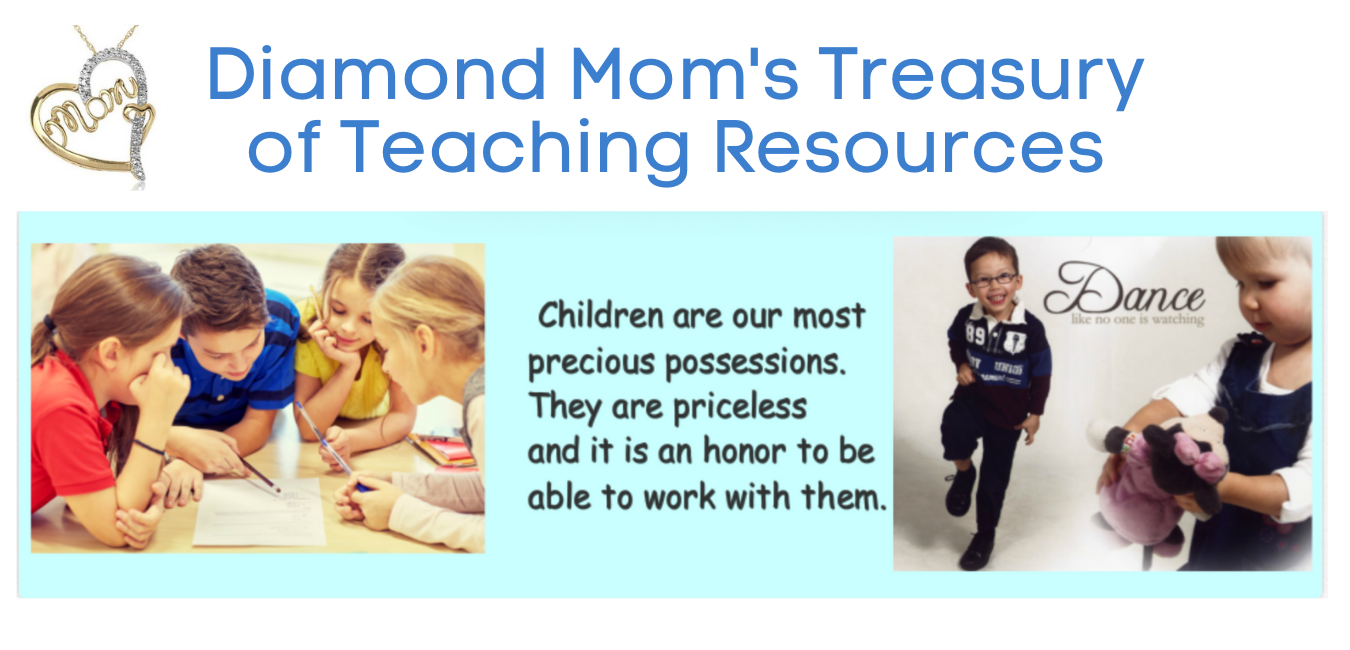
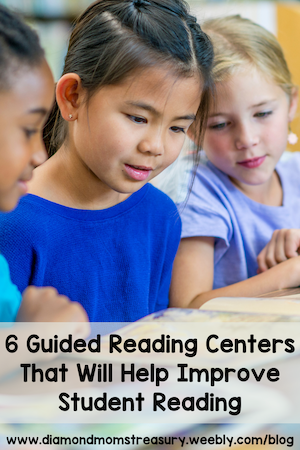
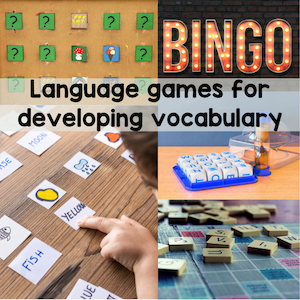
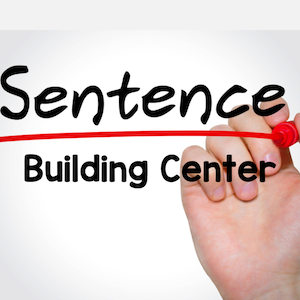
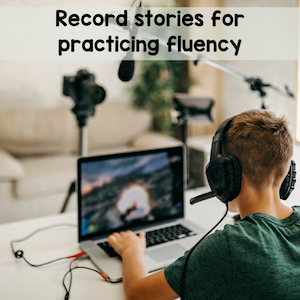
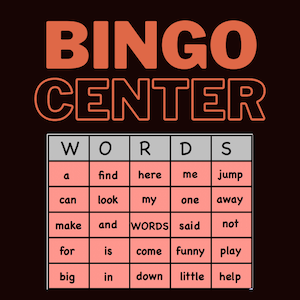
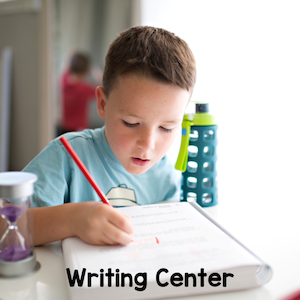

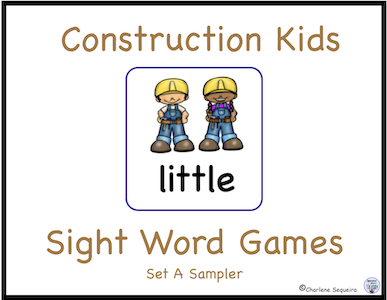

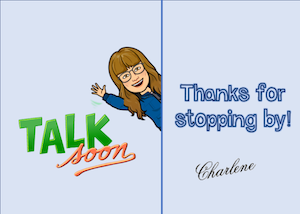
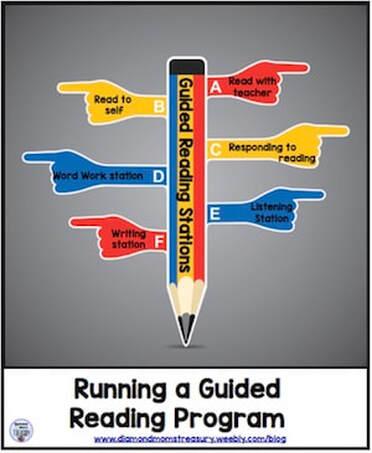
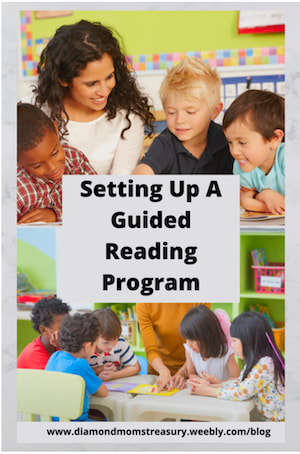
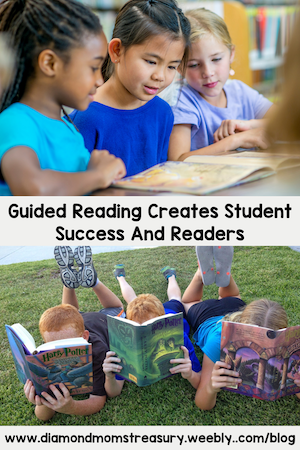
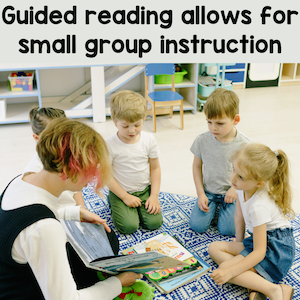
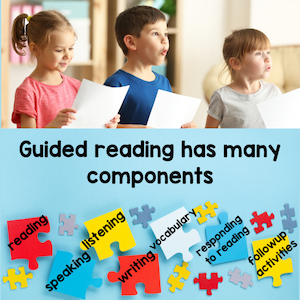
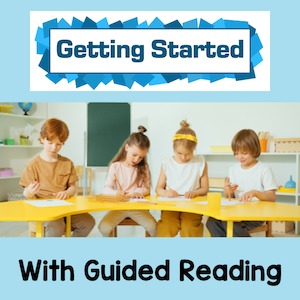


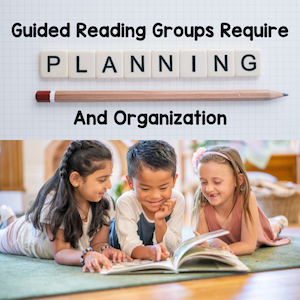
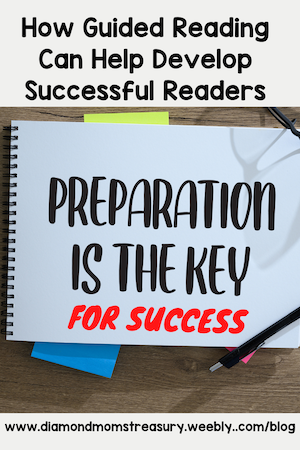

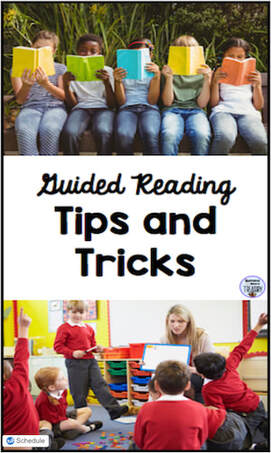
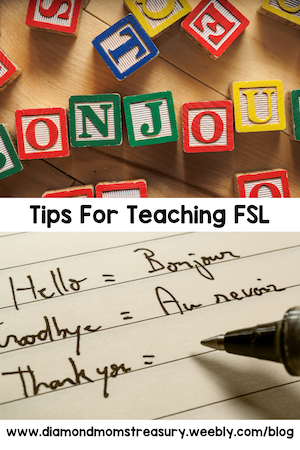
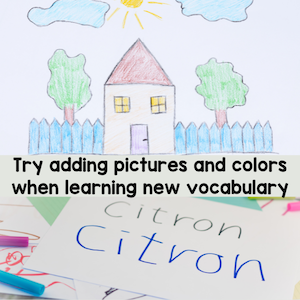
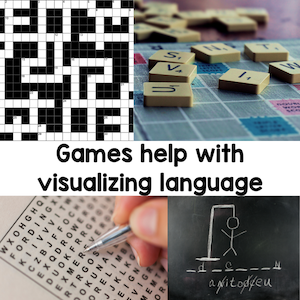


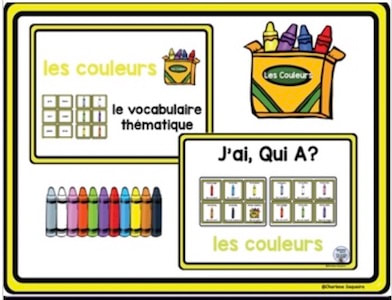
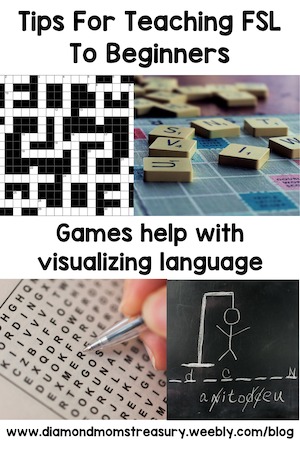


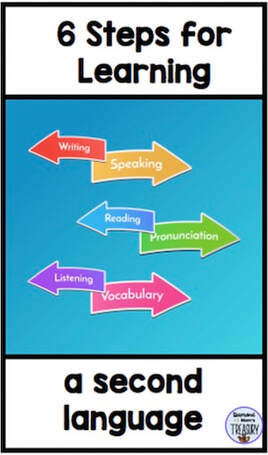
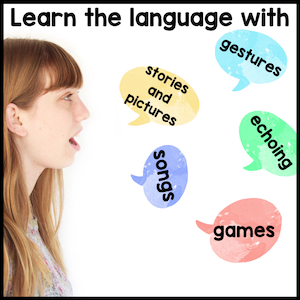

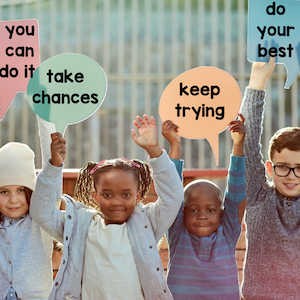


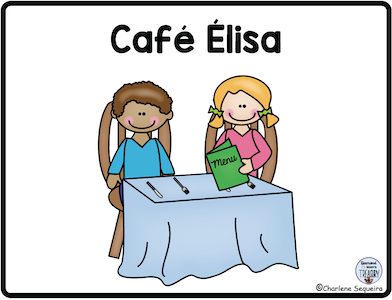


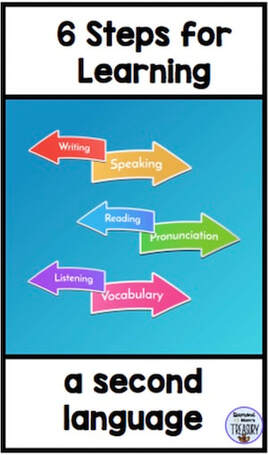



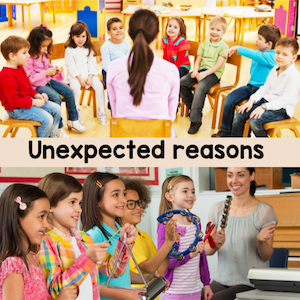
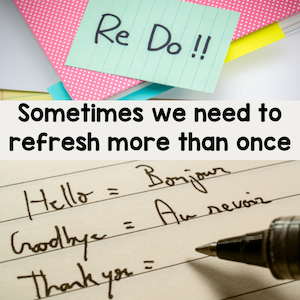
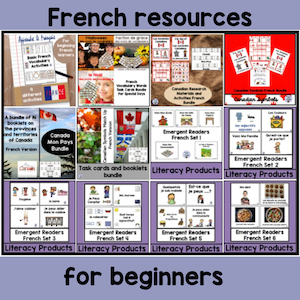
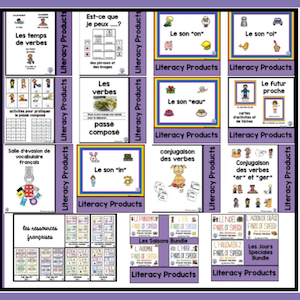







 RSS Feed
RSS Feed